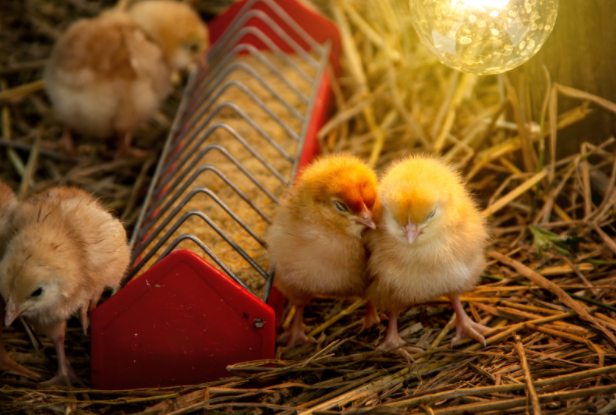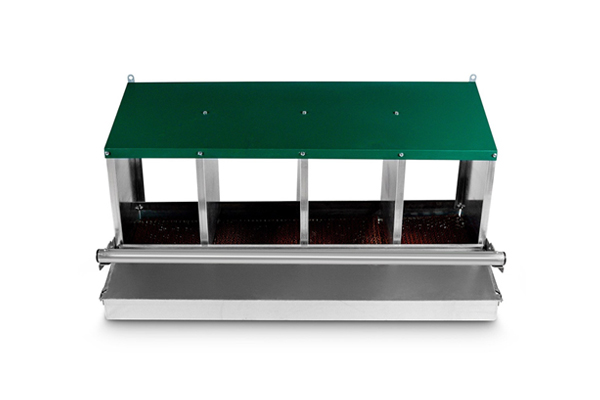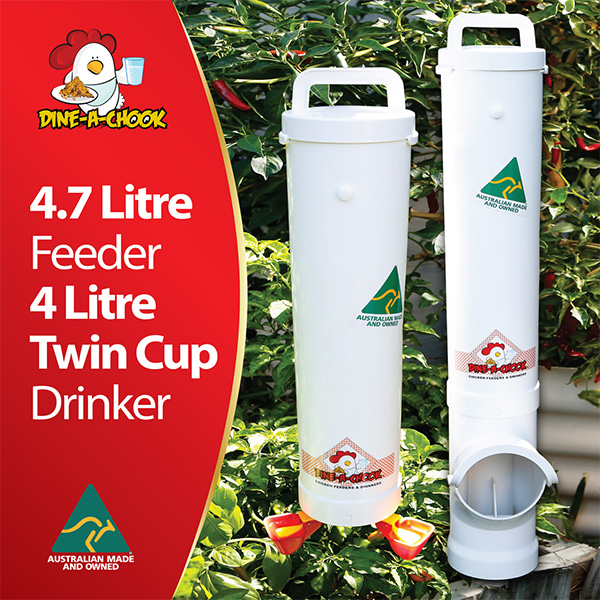What do I need to raise baby chickens


Chicken Nesting Boxes - Communal Rollaway, Rollaway and Plastic Chicken Nests
Raising chickens from scratch can be a very rewarding experience if you are properly prepared. You will get to experience how quickly they grow, their personalities and their behaviours. Their little peeps and cheeps will steal your heart.
There are a few things you will need before you can embark on this journey. So before you hatch or collect your little ones, go through this baby chicken checklist to make sure you’re as prepared as possible.
Housing
A brooder is where your babies will spend the first few weeks of their life. There are a few must-haves for brooders to work as they should for raising newborn chicks, these components are listed below. You can check the little box on the left to make sure you have all the necessary components.
☐ Heat lamp
Heat lamps are necessary to warm up the brooder to temperatures required by baby chickens for proper development. The best would be to buy a heat lamp that can be programmed to maintain a certain temperature. That way you don’t have to worry about the brooder ever getting too hot or too cold.
☐ Container
A solid container is necessary for a good brooder box. Your baby chickens need to feel safe and there needs to be enough space to clip on a heat lamp.
☐ Thermometer
A thermometer is essential to make sure your brooder is consistently at the right temperature for your baby chickens to grow strong and healthy. In the beginning, the temperature inside your brooder should be consistent at 35 to 37°C (95-98.6°F). Each week, decrease the brooder heat by 5 degrees until room temperature is reached.
☐ Bedding
Having bedding that is easy to remove is very important for the health of your baby chickens. Baby chickens poop a lot, just like normal babies do, and thus having bedding that is easy to remove will help with keeping the brooder hygienic and clean. The bedding also needs to be as slip-proof as possible for the safety of the chicks while they learn to move around without falling.
☐ Brooder position
Brooders should be placed in a room with minimal drafts and no air-conditioning. Drafts and air-conditioning will make it more difficult for your brooder to keep a constant temperature. Air-conditioning may also make it too cold for your heat lamp to be effective in keeping your new chicks warm enough. As a result, you may have some losses so try to keep them out of drafts as far as possible.
☐ Brooder Barrier
If your brooder is in a drafty area, you might have to create a brooder barrier to keep the temperature inside stable if there is nowhere else to move it to. A brooder barrier can be a piece of cardboard that is used as a lid for your brooder to stop drafts from entering. Do make sure that the heat lamp is not blocked. It is best to make the barrier in a way that it is 70 – 91cm (2-3 feet) away from the floor of the brooder.
Feed and Equipment
Keeping your baby chickens well-fed is essential for keeping them healthy and growing as they should. There are a few things you will need to keep your babies fed and watered in a safe, easy to clean manner.
☐ Chick Feeder
You need something that can hold the feed for your little ones making it easier for them to get to and keeps them from pooping in their food. You can use homemade solutions like old egg cartons, tissue paper boxes cut in half or you can buy a chick feeder.
☐ Starter Feed
Starter feed comes in the form of either mash or pellets. You can find starter feed at almost any pet store. This feed is designed to help chicks grow so don’t feed them normal chicken food. You can, however, supplement the food with chick grid to help their digestive systems develop.
☐ Fresh Water
Fresh water is crucial for any living being to survive. If you want your chicks to grow strong, make sure they have an unlimited supply of fresh, clean water. You will have to check the water bowl often for contaminants like poop. Replace water often to keep it fresh.
☐ Water trough or bowl
You can find water troughs for chickens at almost any pet store. You also have the option of creating your own with old milk bottles or bowls laying around. Do make sure that your water trough isn’t too deep otherwise you might lose some chicks to drowning. You can add pebbles to the bottom of a trough to stop this from happening. It will give them a step to get out if they ever fall in.
Roosts
Adult chickens usually sleep on a perch. A few weeks in, you will find that your babies will also start to practice this roosting behaviour so you will have to get a few things to help them.
☐ Perches
Around 3 – 4 weeks of age your baby chickens will become curious about perching and start to practice this behaviour. You will have to buy and install some perches in the brooder for them to practice on.
Start by placing the preach quite low so the chicks can’t get too hurt when they fall. You can install higher perches once they get the hang of it. It is best to start off with thinner than normal pieces of wood because your chick’s feet might not be big enough yet to wrap around a full-size perch.
Now that you are properly prepared for your new arrivals, enjoy the excitement of what’s to come! Raising baby chickens is incredibly satisfying so you can be proud of yourself to be so well prepared. Your little ones stand a better chance at surviving because of it!



